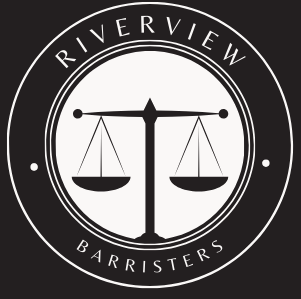Worker compensation management can be an extremely complex endeavor. Each state’s laws differ when it comes to worker coverage and costs for employers. Therefore, it’s essential to treat every accident as legitimate and ensure employees report it promptly.
Compensation is awarded by juries or judges when ruling in favor of plaintiffs in civil suits.
Tort law
Tort Law holds people responsible for civil wrongs that infringe upon an individual’s rights. Such acts could be intentional or accidental and include acts such as trespassing, libel, or violations of state laws. There are four elements necessary to prove tort: violation of rights of victim, breach of duty by defendant, damages suffered and remedy provided to victim – these criteria require less proof than criminal cases as burden of proof rests more heavily with preponderance of evidence than usual.
Tort law encompasses several categories of torts, such as conversion, trespass, wrongful death and product liability. As well as financial compensation, certain torts can also lead to injunctive relief or court-ordered remedies; conversion protects a right of ownership over tangible personal property and prevents others from unlawful possession; while trespass occurs when someone illegally trespasses upon the land of another without consent – typically intentional acts done to deny possession and mimic criminal statutes such as larceny statutes.
Negligence
Negligence is a legal concept used to determine fault in an accident. It occurs when one fails to adhere to standards designed to safeguard society against unreasonable risk, thus becoming subject to tort liability and subject to tort liability claims.
A jury decides whether a defendant acted reasonably under the circumstances by considering what ordinary people would do in similar situations. They consider an individual’s duty of care and their knowledge in their field; for instance, when considering liability against manufacturers for an accident caused by their product they might consider whether someone knew that nitroglycerin could explode unexpectedly.
Plaintiffs need to demonstrate that negligence by the defendant caused real harm in terms of financial and nonfinancial losses, as well as emotional distress damages; but any person recovering damages must have contributed less than 51 percent of fault in order to be eligible.
Punitive damages
Punitive damages allow plaintiffs to punish defendants whose conduct was particularly indefensible, with these sums added on top of compensatory damages awards to deter similar behavior by other defendants. Determining whether punitive damages should be awarded can be difficult and requires an in-depth analysis of both the nature of the act itself as well as its effects on its victims.
Punitive damages typically cannot exceed four times the amount of compensatory damages; however, their award varies by state and may even be taxed as income.
Plaintiffs may seek compensatory damages for losses that can be quantified, such as medical bills and lost wages, as well as non-economic damages like pain and suffering; these can be difficult to quantify depending on a defendant’s level of moral outrage, making it hard for victims to get fair compensation.
Financial awards
Financial awards in lawsuits are intended to compensate plaintiffs for actual losses they have experienced, such as wages lost, medical expenses incurred and future costs such as home and car purchases. They can also include punitive damages meant to deter similar behavior by defendants in future. Prior to the Supreme Court ruling in July 2003, punitive damages often exceeded actual compensation paid out.
The Law360 compensation survey takes an in-depth look into law firm salaries to reveal how attorneys at all levels are faring financially. It reveals that starting salaries have skyrocketed for associates while equity partners at large firms can earn millions. Unfortunately, however, non-billable hours and lack of incentives for non-attorney staff offset some gains; furthermore many firms use lockstep models that lead to excessive competition among attorneys leading them towards burnout and exhaustion.
